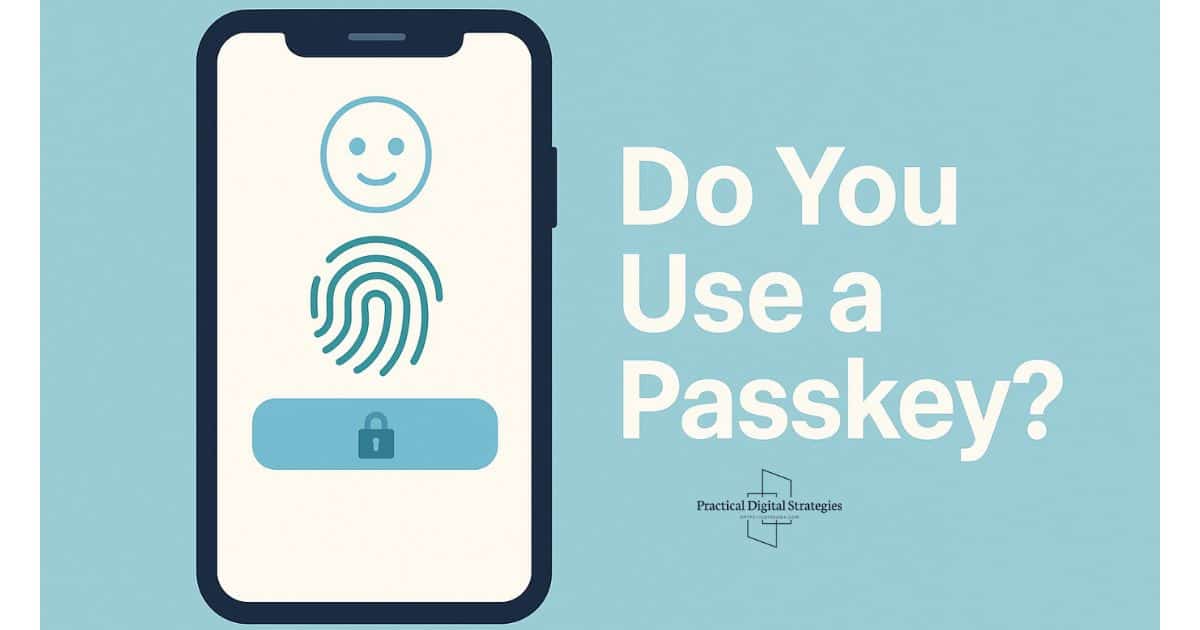What Are Passkeys and Why Are They Trending?
In today’s fast-paced digital world, keeping track of dozens of passwords feels like juggling chainsaws. That’s where passkeys come in — a new, passwordless way to log in securely. Passkeys are cryptographic keys stored on your devices that let you sign in with a quick biometric check (like Face ID or a fingerprint) or a PIN. Big tech players such as Apple, Google, and Microsoft are rolling out support, making passkeys a rising star in online security.
Benefits: Why Passkeys Outshine Passwords
Switching to passkeys comes with a host of advantages:
- Stronger Security: Passkeys are resistant to phishing, credential stuffing, and brute-force attacks because there’s no static password to steal.
- Convenience: You can log in with a tap, scan, or glance — no more typing long, complex passwords.
- Cross-Device Syncing: Passkeys can sync through your cloud account, meaning you can authenticate across phones, tablets, and desktops.
- No More Password Resets: Forgetting a passkey isn’t the same nightmare as forgetting a password; your recovery options are tied to your device ecosystem, not a single secret phrase.
How It Works: A Peek Under the Hood
Passkeys are built on public-key cryptography. When you create a passkey for a site or app, your device generates a pair of keys:
- A private key, stored securely on your device.
- A public key, stored by the service you’re logging into.
When you authenticate, your device uses the private key to sign a unique challenge sent by the site. Since the private key never leaves your device, hackers can’t intercept it — even if they breach the service’s database.
Implementation: How to Start Using Passkeys
Getting started is easier than you might think:
- Update Your Devices: Make sure your operating system and browsers support passkeys (most major platforms do as of 2025).
- Check Supported Services: Look for “Sign in with a passkey†options on websites or apps. Many banks, email providers, and social networks now support them.
- Enable Biometrics or Screen Locks: Passkeys work best with Face ID, Touch ID, Windows Hello, or secure PINs.
- Back Up Your Passkeys: Use your cloud account (iCloud, Google, or Microsoft) to sync passkeys across devices — and keep a recovery option handy in case your device is lost.
Conclusion: The Future of Online Security
Passwords have had a long run, but their flaws are too big to ignore. Passkeys represent a smarter, safer, and smoother way to secure your accounts. As more services adopt this technology, you’ll spend less time memorizing codes and more time enjoying a seamless, secure online experience.
It’s time to leave the “forgot password?†link behind and embrace a passwordless future. Start small — enable passkeys on your favorite apps today and enjoy a simpler, stronger way to stay safe online.



